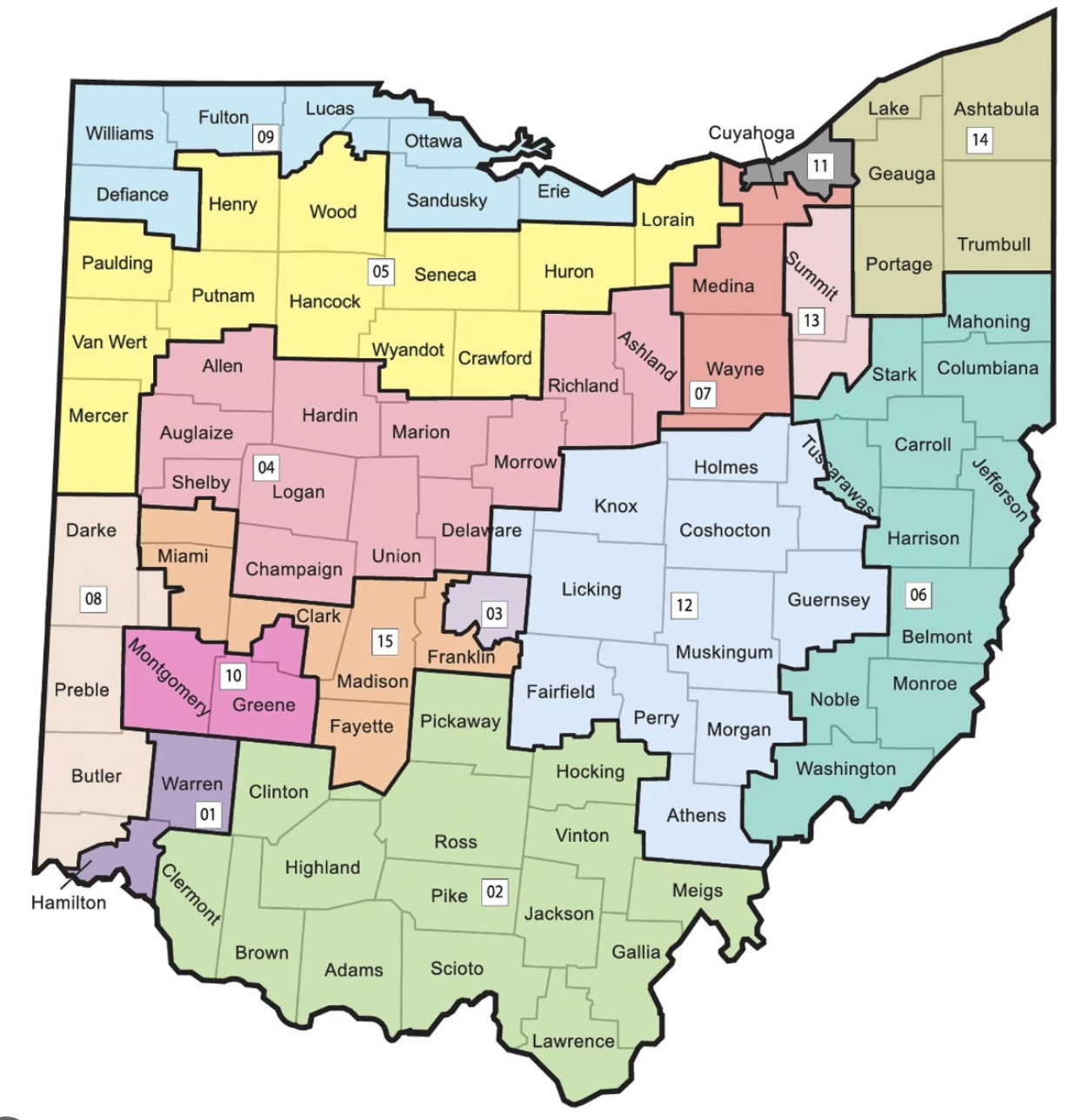Breaking: DeWine convenes first meeting on redistricting
Time's running out to stay within constitutional framework for fair elections
COLUMBUS — The first sign of life at the Ohio Redistricting Commission’s website in four years is a posting there last week: Official Notice of the Convening of the Reconstituted Commission.
Ohio’s contentious redistricting saga moves into a crucial phase tomorrow morning, with Gov. Mike DeWine’s announcement. It marks the start of the final push — thi…
Keep reading with a 7-day free trial
Subscribe to StayTunedSandusky to keep reading this post and get 7 days of free access to the full post archives.

